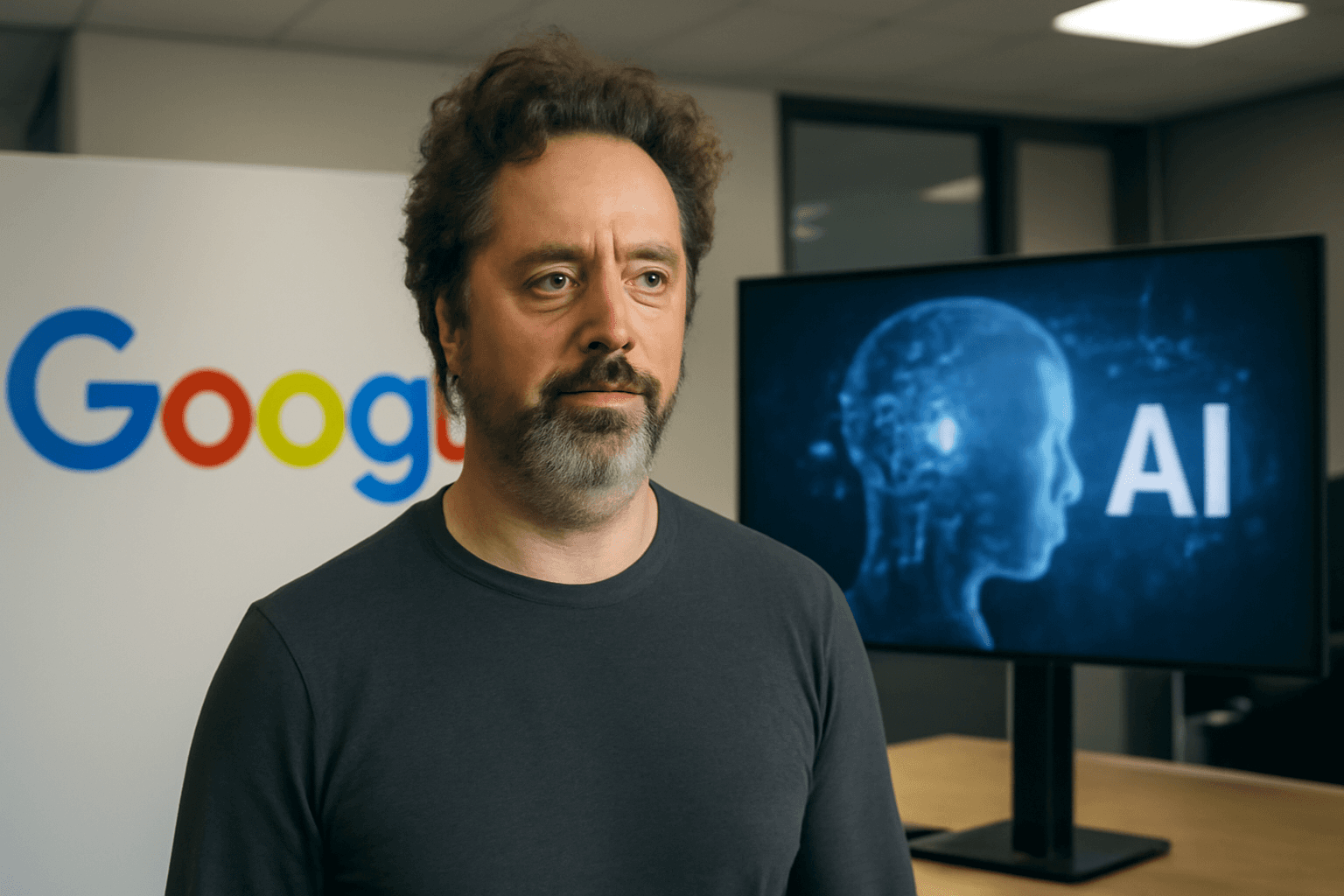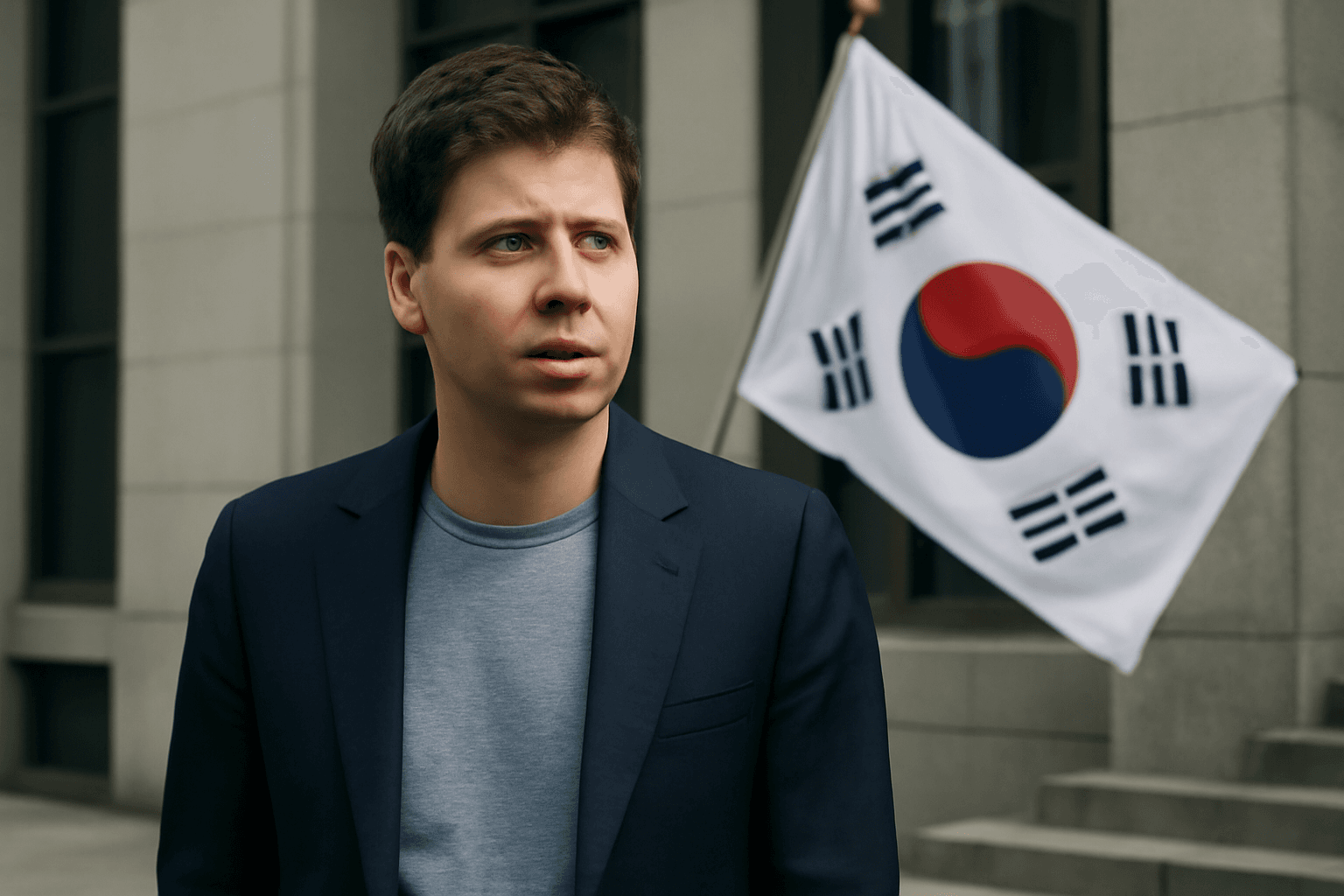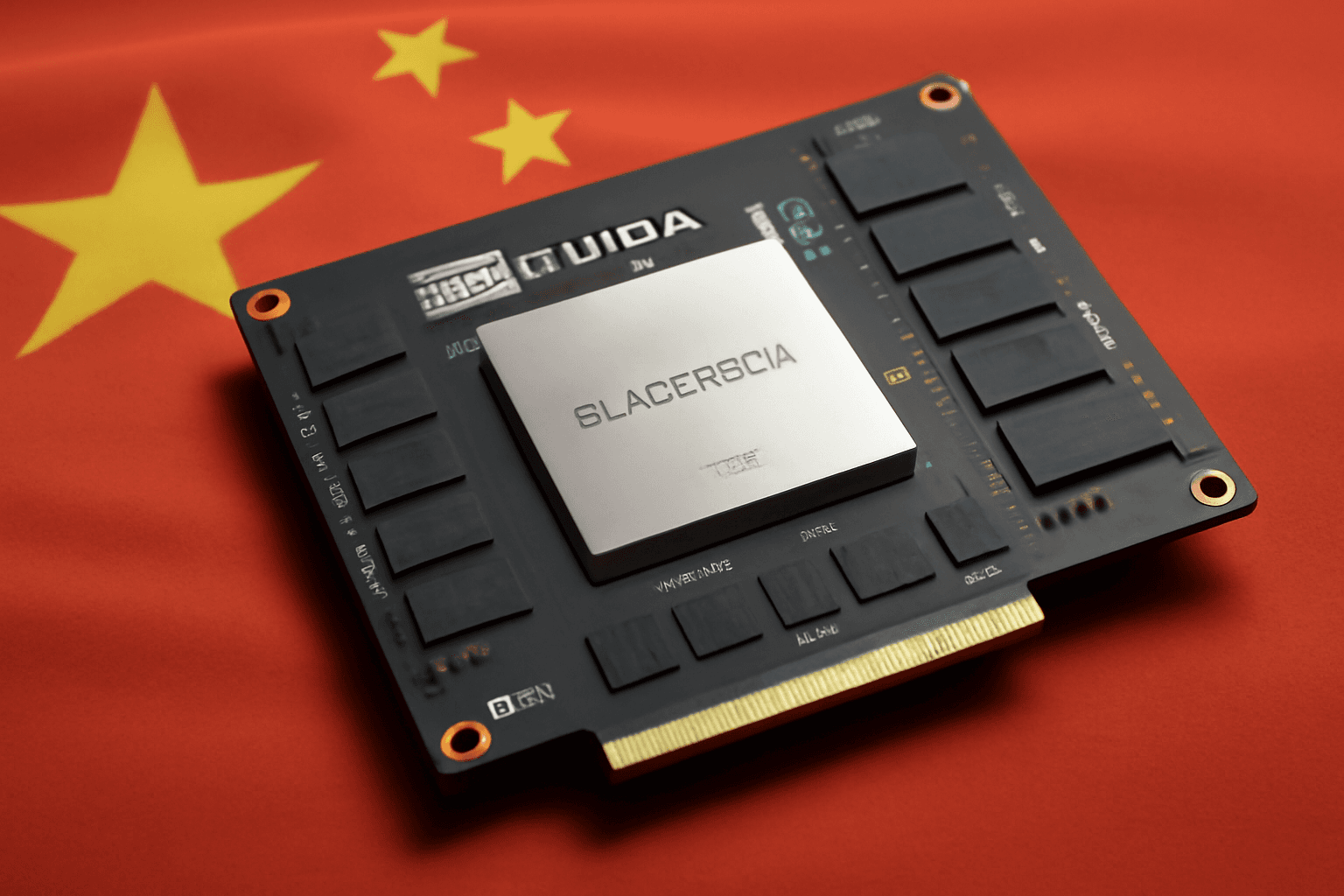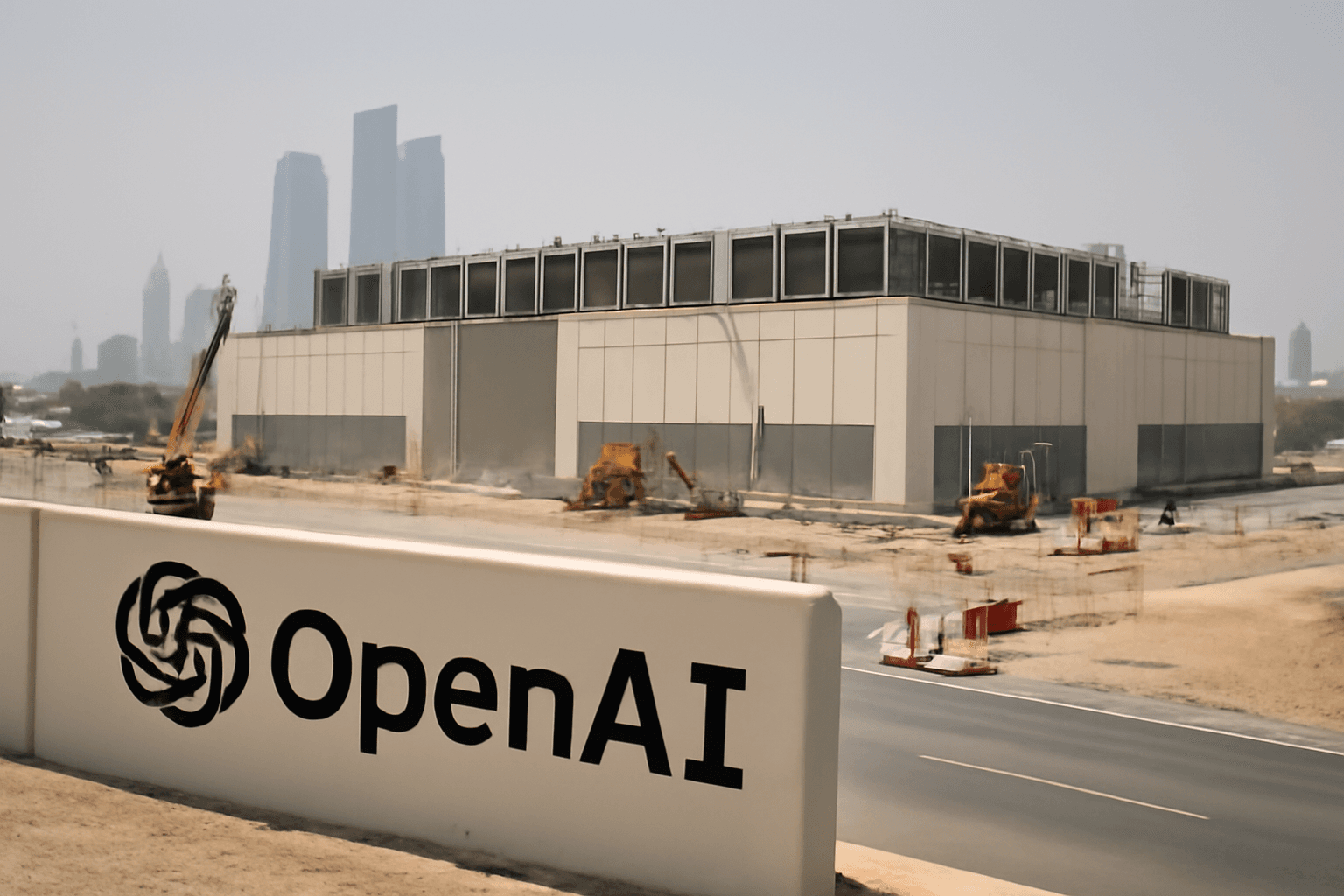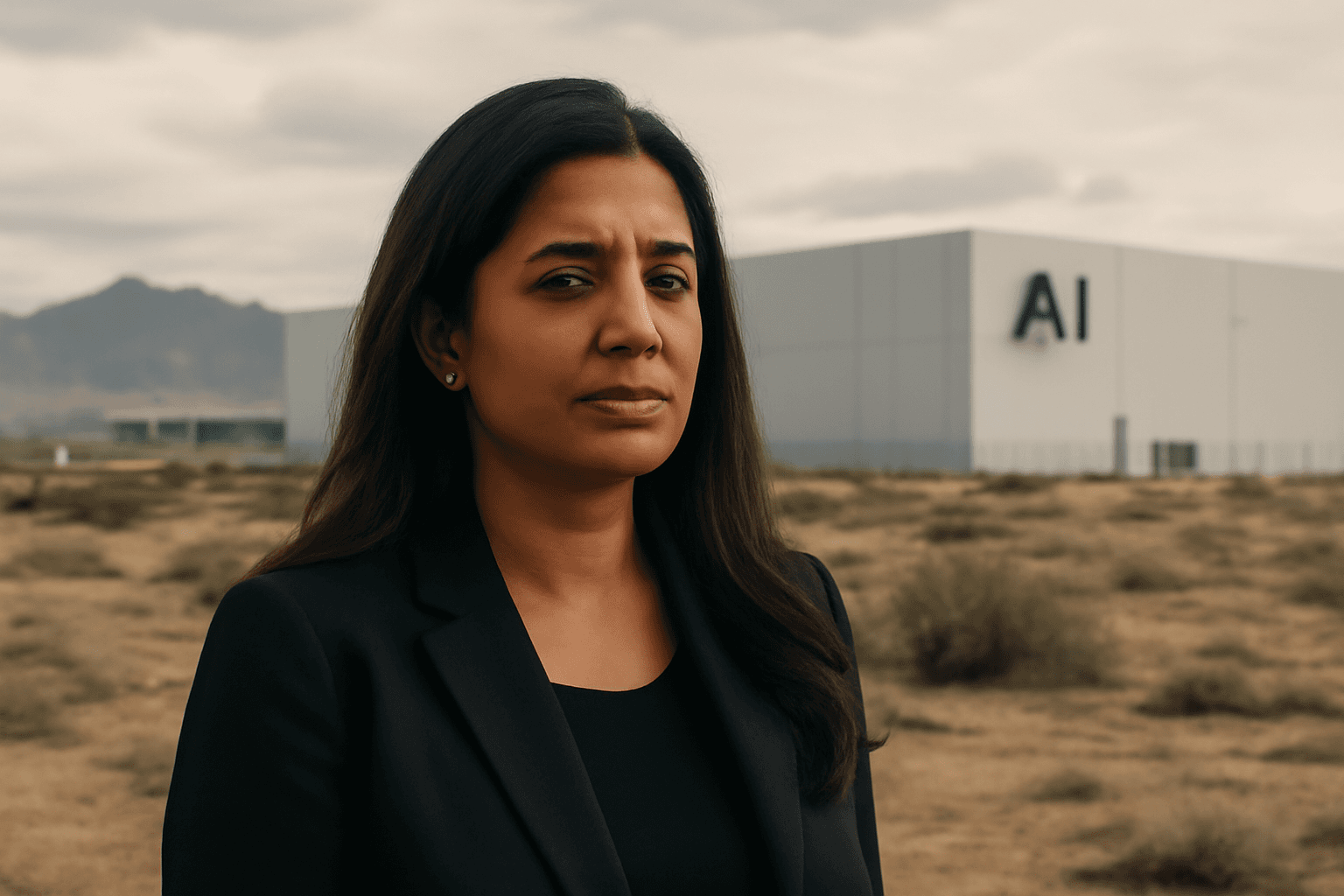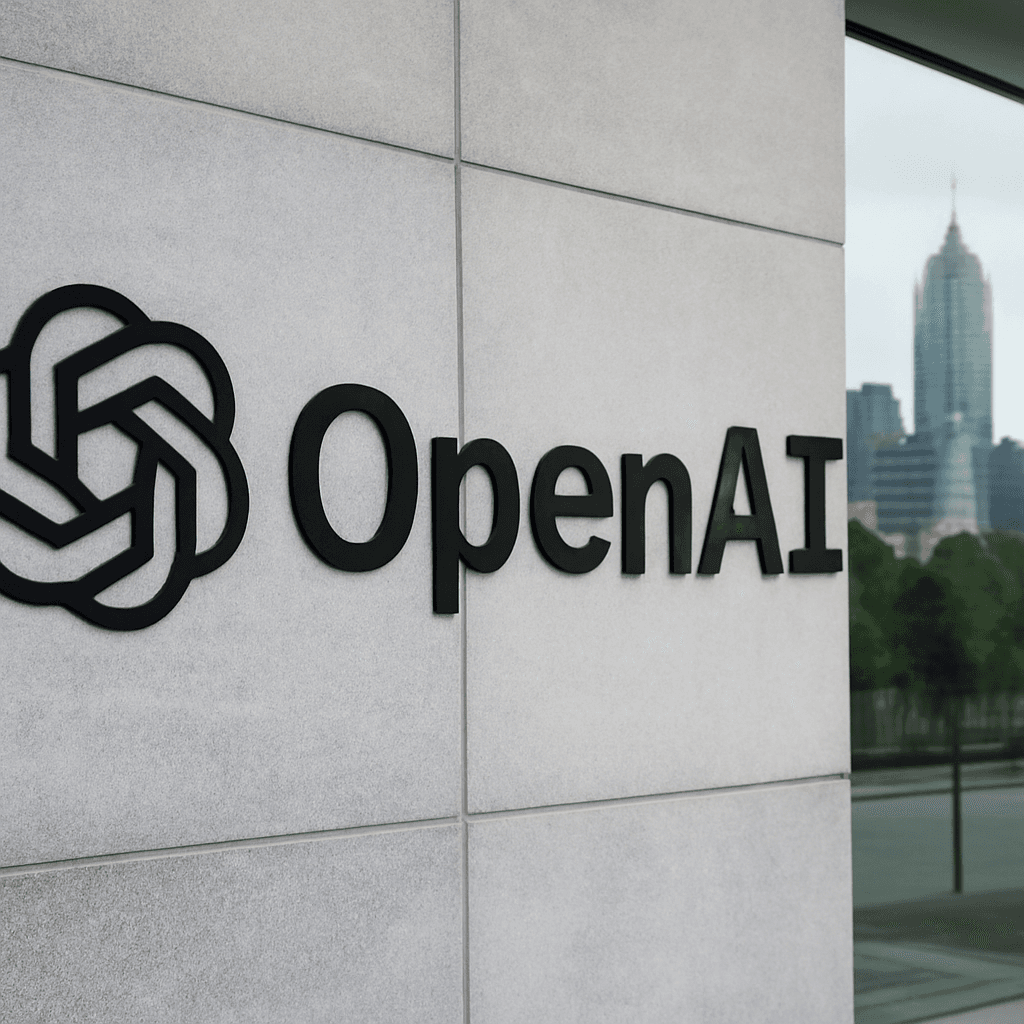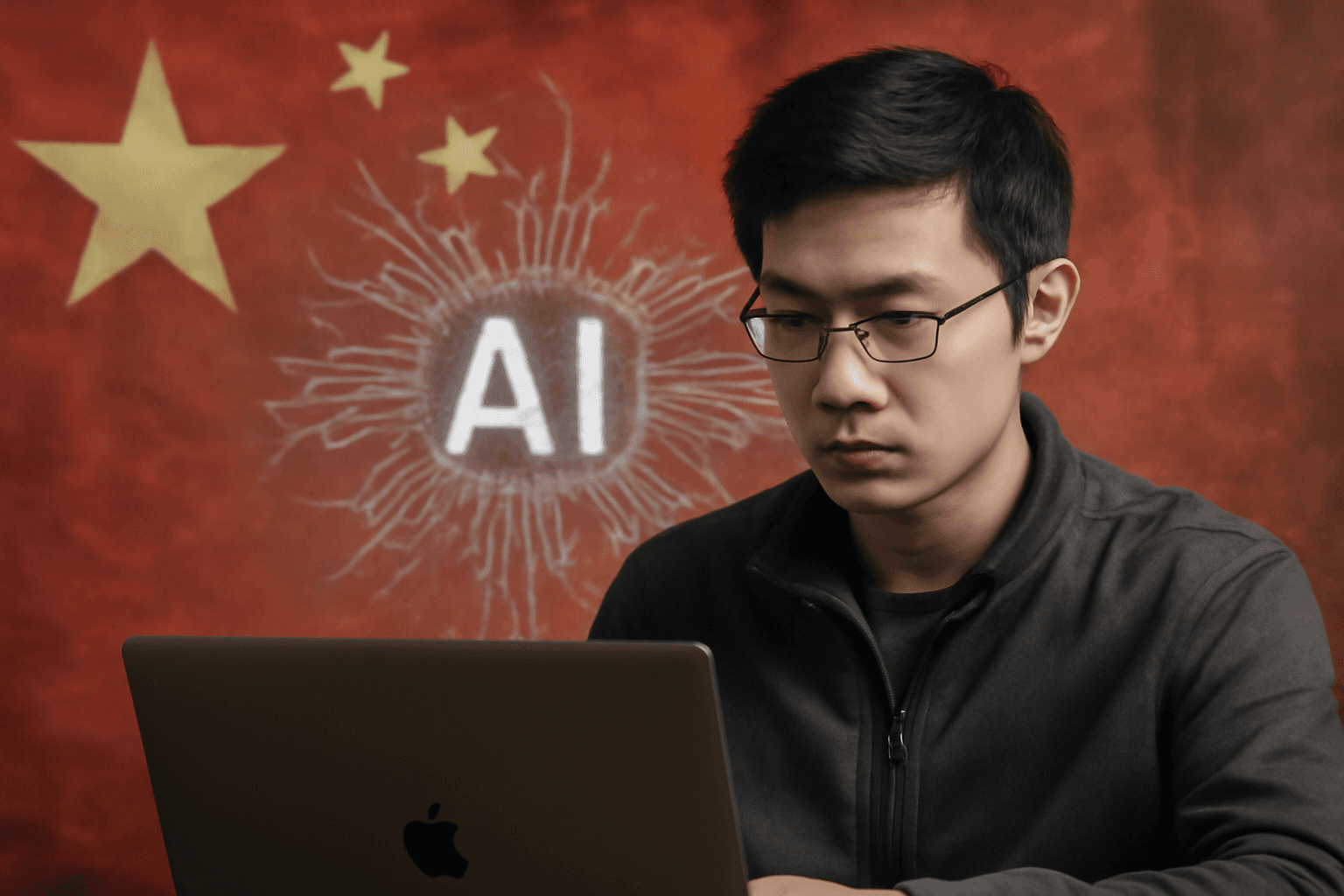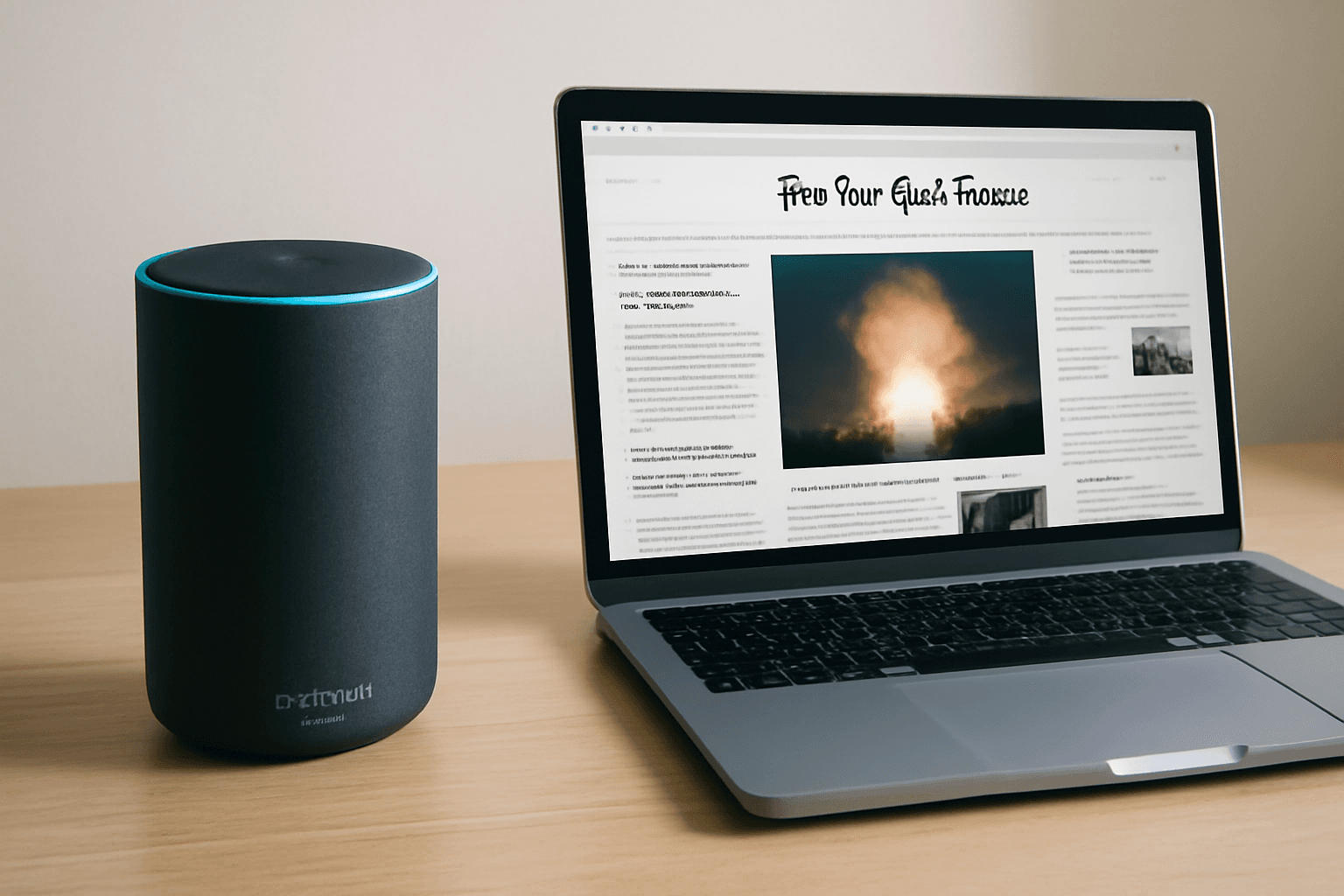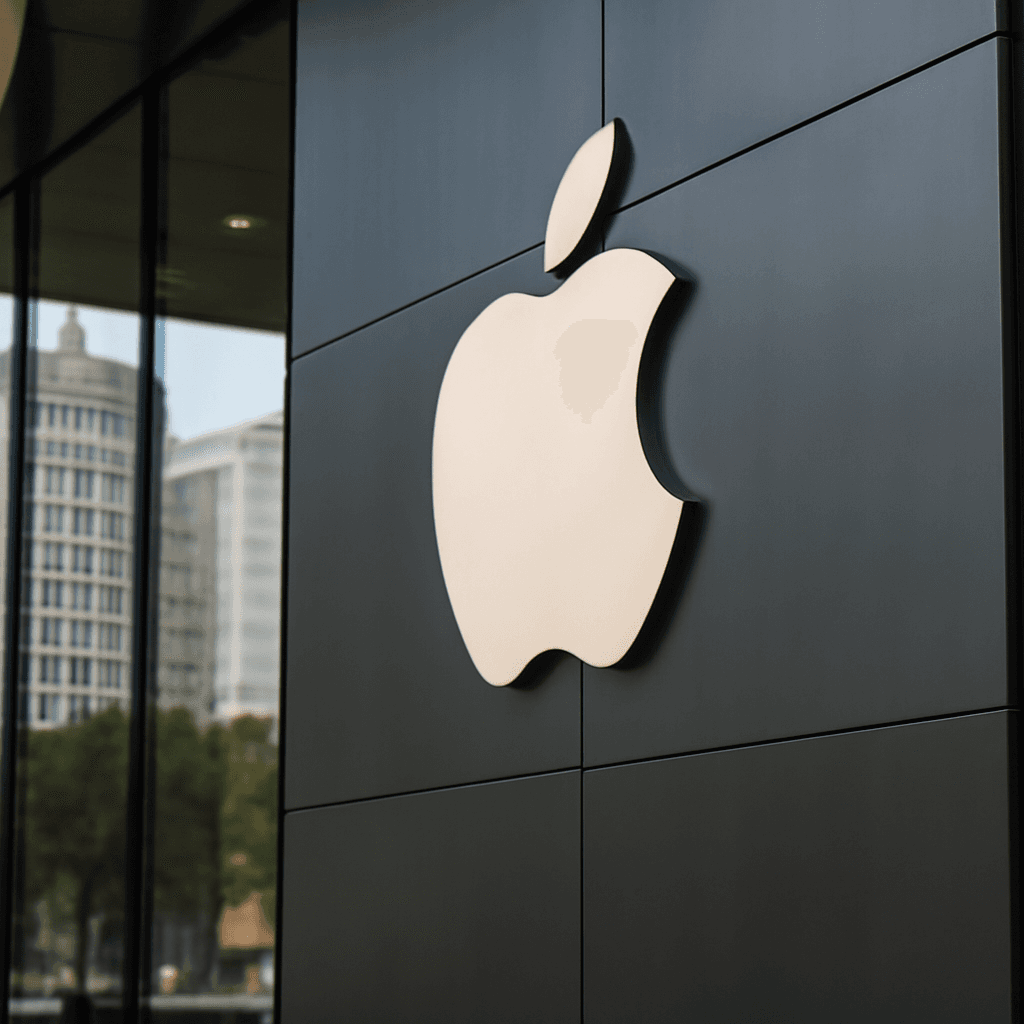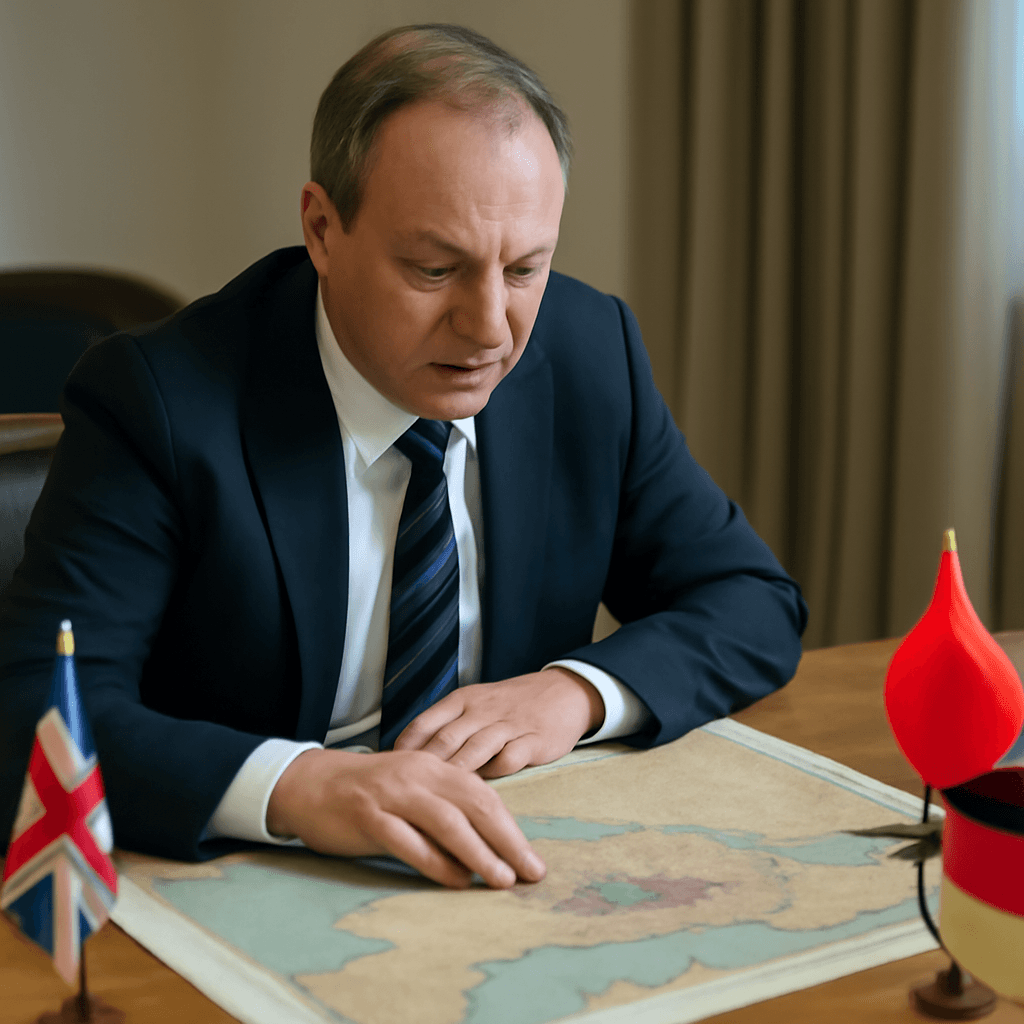OpenAI Expands Cloud Partnerships to Boost ChatGPT Performance
In a significant development within the rapidly evolving artificial intelligence landscape, OpenAI announced it will utilize Google Cloud Platform to power its suite of AI tools, including the widely popular conversational AI, ChatGPT. This move marks a strategic broadening of OpenAI’s cloud infrastructure beyond its long-standing partnership with Microsoft Azure.
Why Google Cloud? Addressing the Computing Power Crunch
OpenAI’s decision to embrace Google Cloud comes amid soaring demand for ChatGPT and its related services worldwide. Initially reliant exclusively on Microsoft Azure, OpenAI is now diversifying its cloud service providers to enhance capacity and reduce bottlenecks in delivering seamless AI experiences.
Sam Altman, OpenAI’s CEO, has openly acknowledged the challenges in meeting increasing computational needs. In fact, Altman’s public calls for massive GPU capacity earlier this year underscored the company's urgency in scaling infrastructure rapidly.
Multi-Cloud Strategy: Beyond Microsoft and Google
While Microsoft remains a central partner, holding exclusive rights over OpenAI’s programming interfaces, this expansion taps into a broader ecosystem. Besides Google Cloud, OpenAI is also engaging with CoreWeave and Oracle Cloud Infrastructure, marking a shift towards a multi-cloud approach.
- Google Cloud’s Role: Running AI workloads in key regions including the U.S., Japan, the Netherlands, Norway, and the U.K.
- Microsoft: Continues to provide substantial cloud capabilities and exclusivity over programming interfaces.
- CoreWeave: Engaged via a $12 billion deal, underscoring its emerging role as a specialized GPU cloud provider.
- Oracle Cloud: Recently partnered to extend Microsoft Azure AI platform capabilities.
Implications for the Cloud Industry and AI Innovation
This diversification signals a maturing AI infrastructure strategy where reliance on a single cloud giant gives way to a hybrid model optimizing for capacity, cost, and geopolitical data center placements.
Google Cloud, often seen as the younger and smaller player compared to Amazon Web Services (AWS) and Microsoft Azure, now gains a high-profile client in OpenAI. This partnership bolsters Google’s credentials in the AI race and places pressure on other cloud providers to escalate their AI-focused offerings.
Interestingly, Google already supports Anthropic, an AI startup founded by former OpenAI executives, reinforcing its strategic commitment to the generative AI sector.
Expert Perspective: Why This Matters for the U.S. Tech Landscape
From a broader policy and economic viewpoint, OpenAI’s cloud expansion showcases:
- Innovation competition: Leveraging multiple cloud infrastructures may stimulate competitive pricing and service improvements across providers.
- Data sovereignty and regulation: Operating across multiple countries helps navigate complex regional laws around data privacy and AI governance.
- Strategic resilience: Multi-cloud willingness reduces risks related to outages or vendor lock-in, critical for AI services serving millions daily.
For U.S. policymakers and regulators, this evolution raises questions about cloud market dynamics, competition, and national AI leadership amidst global rivalries.
Looking Ahead: What to Watch
As AI adoption explodes, OpenAI’s infrastructure choices will be a bellwether for others in the space. Observers should watch how this multi-cloud model impacts:
- User experience and service uptime for ChatGPT
- Pricing models for AI compute resources
- Cloud providers’ investment in AI-specific hardware acceleration
- Regulatory scrutiny on AI data handling and cross-border operations
Editor’s Note
OpenAI’s embrace of Google Cloud underscores a pivotal moment in AI infrastructure strategy, highlighting the necessity of agility and scalability in meeting global demand. As the AI arms race intensifies, this multi-provider approach may become the industry standard, balancing innovation with operational resilience. How cloud giants and AI companies navigate competition and cooperation will significantly shape the trajectory of AI technologies in everyday life.


